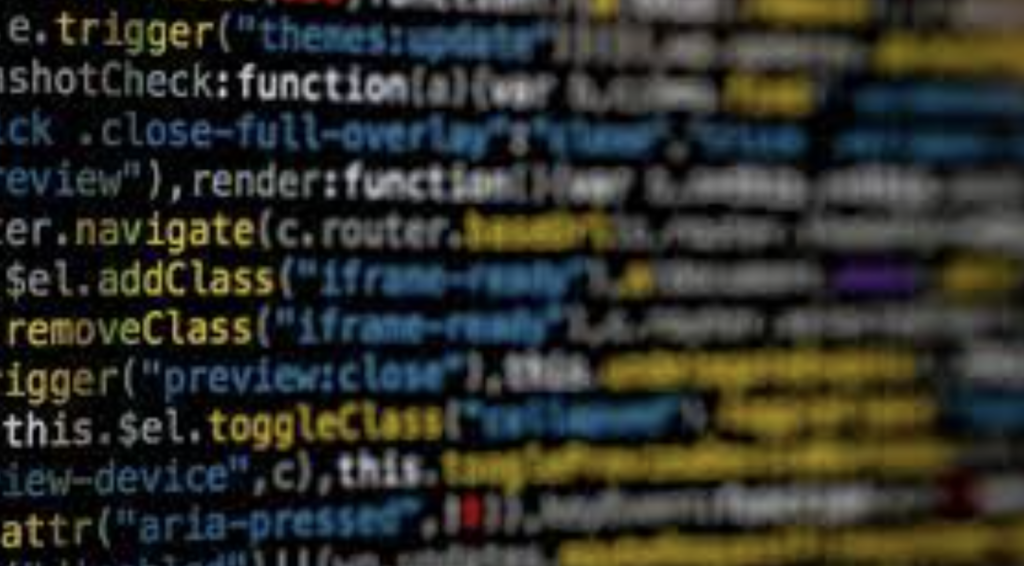We interact with images all the time, whether it’s browsing through a photo album or navigating a webpage. But how does software actually read those pictures? We’ll explore the different tools and technologies available for computer vision, the branch of artificial intelligence that allows computers to detect, segment, recognize, and analyze objects within an image.
At the most basic level, a computer needs to have some type of frame/matrix (or a grid) of points in order to begin interpreting images. This is referred to as “sampling”, and each point in the grid represents a pixel within the image.
More modern methods of image analysis include feature extraction, which is the process of extracting important characteristics from an image. Points, lines, circles and other shapes are often identified in this process. Shape detection can be used to identify specific objects and extract them from their background noise.
The image processing stage is where the image is converted into a form that can be interpreted by machine learning algorithms. This transformation process begins with filtering, which involves noise reduction and edge enhancement. Then there are several forms of machine learning algorithms (such as support vector machines, neural networks, and deep learning) that can be used to classify objects and even predict how they will behave.
Finally, algorithms are applied to recognize shapes, patterns, and colors in the image. This is known as object recognition and is the basis for many image-based tasks such as facial recognition and autonomous driving.
All of the aforementioned techniques and algorithms are combined to create systems that are capable of reading images, understanding their contents, and making predictions based on what they see. This is not just an academic exercise – computer vision is used in countless industries and applications ranging from surveillance and security to healthcare, automotive, and robotics.




